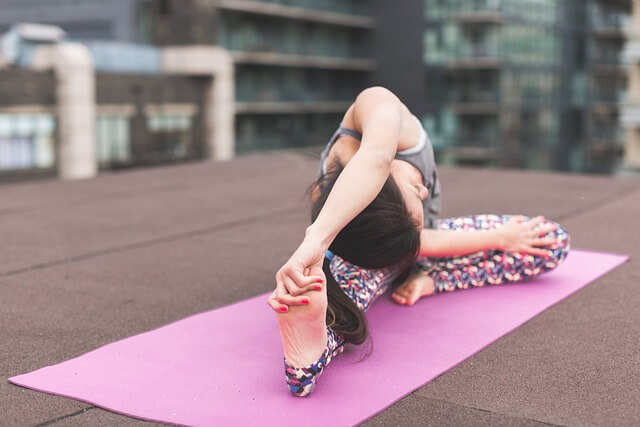Are Wall Mats the Missing Link in Your Gym’s Safety Setup?
When thinking about gym safety, people usually focus on what’s underfoot—mats, shoes, and flooring. But some of the most serious accidents don’t happen on the ground. They happen when someone moves too fast, loses control, or misjudges their position and collides with a hard surface. That’s where protection on vertical surfaces becomes essential, and why more gyms are now adding wall mats to their safety plans.
These mats serve as a quiet but powerful solution in preventing injuries. In a fast-paced sport like indoor football or basketball, players may jump or sprint close to the edge of the court. One awkward fall against an unprotected wall can result in anything from a minor bruise to a major injury. Wall mats are there to act as a cushion between the body and the surface, taking the impact and softening the landing.
In training centres, martial arts dKojos, and school sports facilities, protecting users during high-impact activity is a top priority. Wall mats are especially useful in areas where space is tight and people are constantly moving near walls, such as narrow gymnasiums or multi-use sports halls. They reduce the risk of sudden collisions, helping coaches, staff, and parents feel more at ease during busy sessions.
The materials used in these mats are strong, reliable, and made to last. The foam core is thick enough to absorb shock without being too soft to lean or train against. A heavy-duty vinyl cover helps it resist damage from kicks, elbows, or everyday use. They’re built not just for comfort, but for repeat protection in environments that see a lot of action every week.

Image Source: Pixabay
One of the reasons gyms overlook wall protection is that it’s easy to assume accidents only happen on the ground. But as many coaches will tell you, injuries during wall drills, balance routines, or partner exercises can be just as severe. In spaces designed for sports like gymnastics, wrestling, or boxing, where athletes may be flipped, thrown, or pushed, having a soft vertical surface is just as important as floor mats.
Customisation is another key benefit. Wall mats can be shaped and sized to fit different sections of the gym—whether it’s behind a basketball hoop, along a walkway, or around a set of parallel bars. They’re easy to clean, quick to install, and often come in colours that match team branding or school themes. That means safety doesn’t have to get in the way of style or functionality. Some facilities even use printed graphics or motivational quotes to make the space more engaging. The ability to customise layouts also helps cover unusual spaces that standard mats can’t reach. This ensures every part of the room is properly protected without compromising how the space looks.
They also make the environment feel more welcoming, especially for younger athletes. A space that looks and feels protected encourages effort and builds confidence. Children and beginners are more likely to try new movements or drills when they know there’s a safe space to land, even if things don’t go perfectly. This reassurance helps reduce hesitation and supports better skill development. It also allows instructors to create more varied, interactive lessons with less worry about injury. Over time, this positive environment contributes to better participation and enjoyment in physical activity.
In the end, wall mats are a smart upgrade that offers long-term value. They reduce injury risk, support better training conditions, and allow gyms to run a wider range of activities with less concern about accidents. For any facility that wants to improve safety without giving up space or flexibility, these protective surfaces may just be the missing piece. They show a clear commitment to the well-being of everyone who uses the space—from first-time visitors to experienced athletes. Well-placed wall protection can also help facilities meet safety standards and insurance requirements. In fast-moving, high-energy environments, they’re not just helpful—they’re essential.
Comments